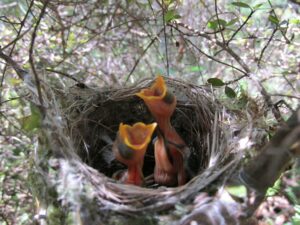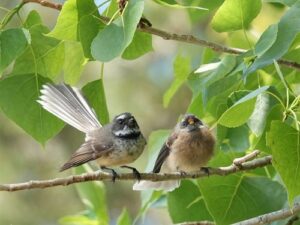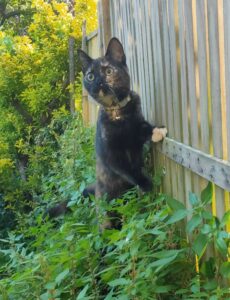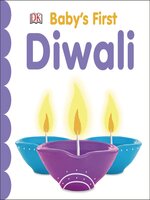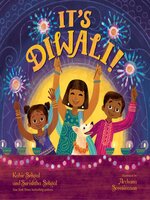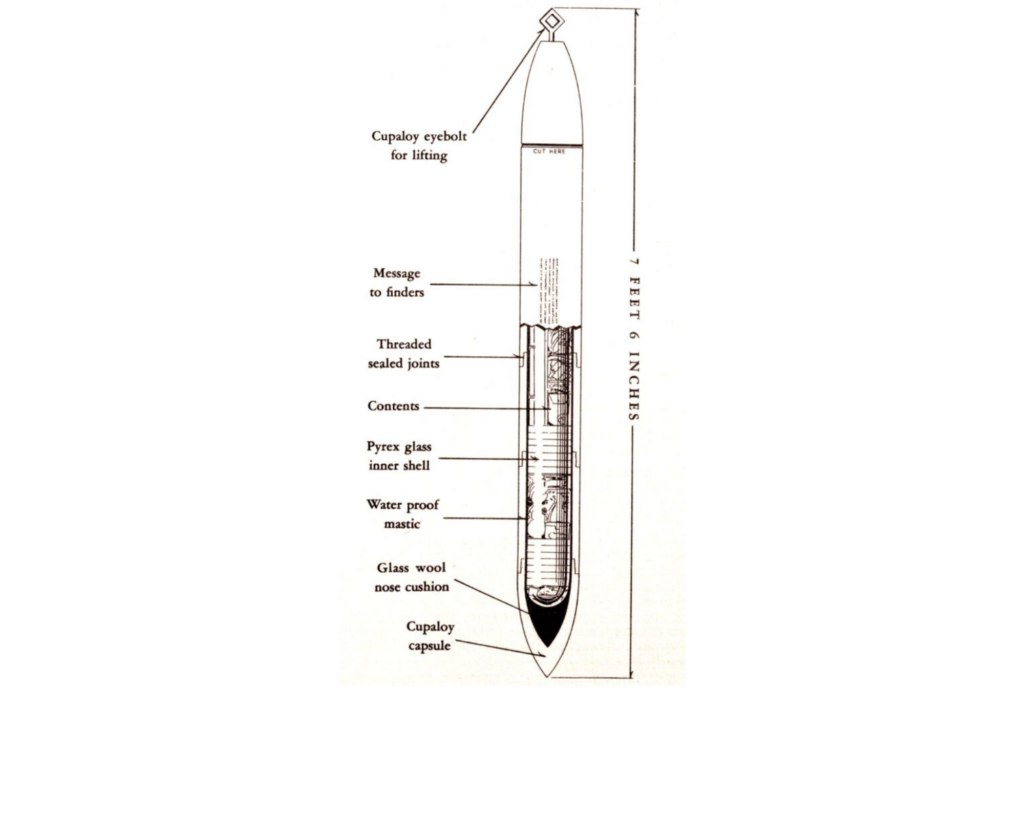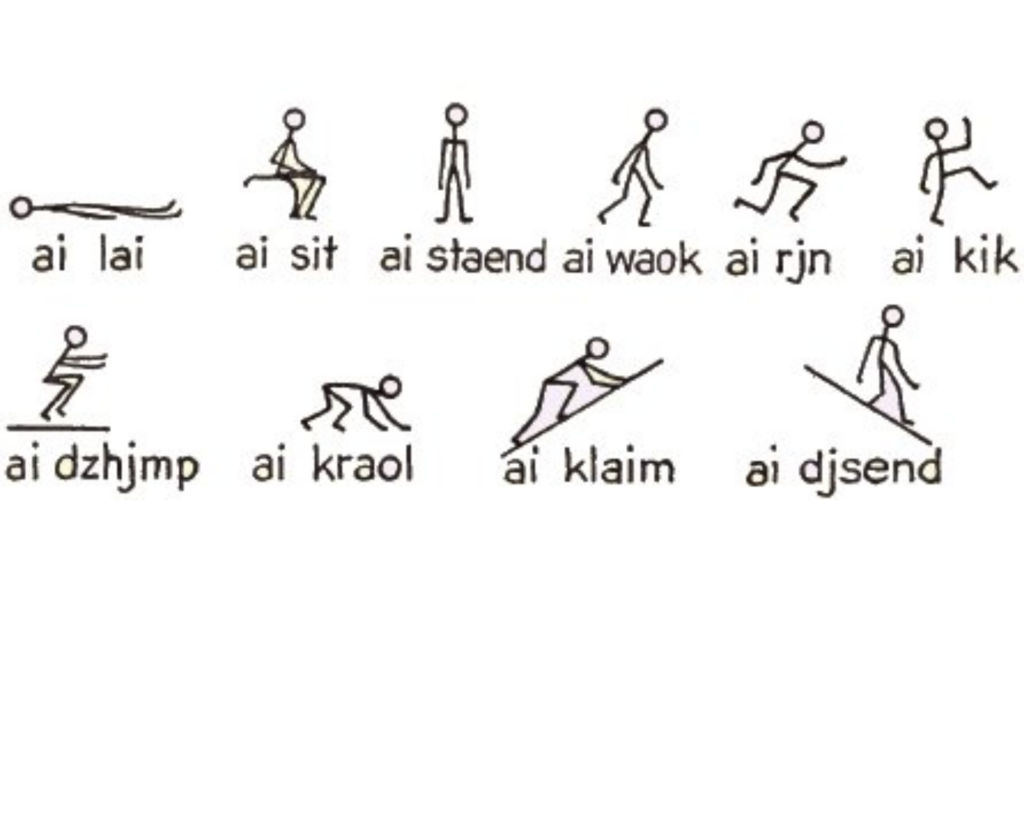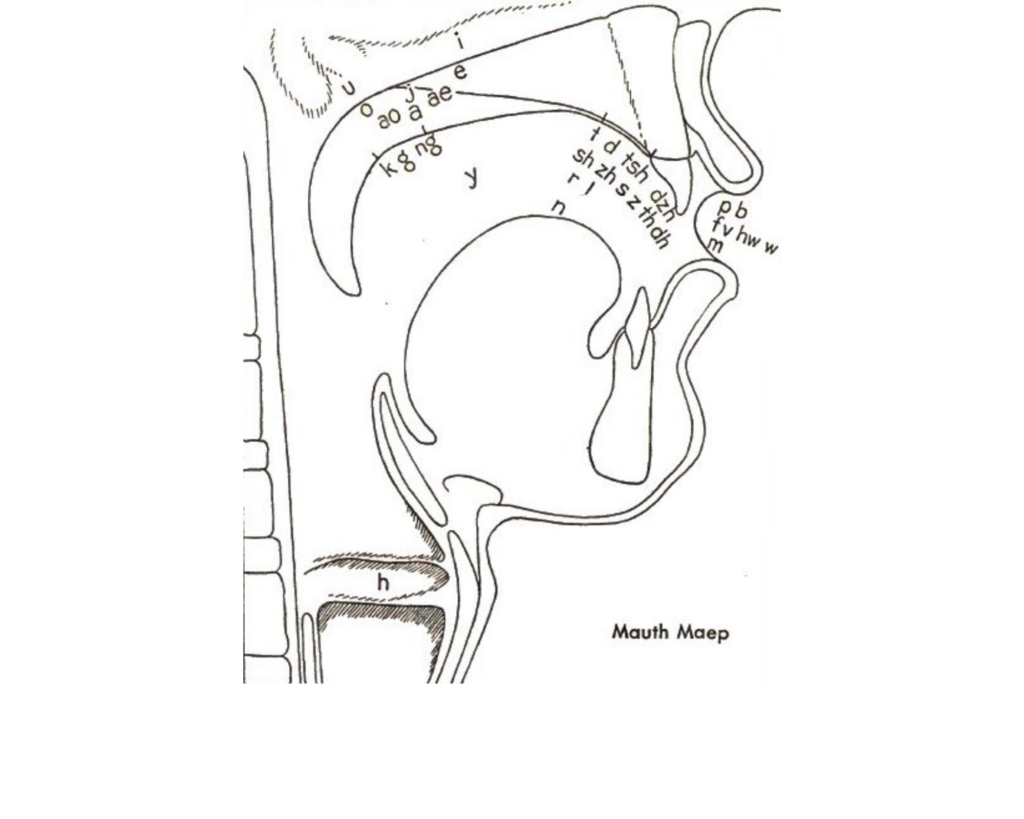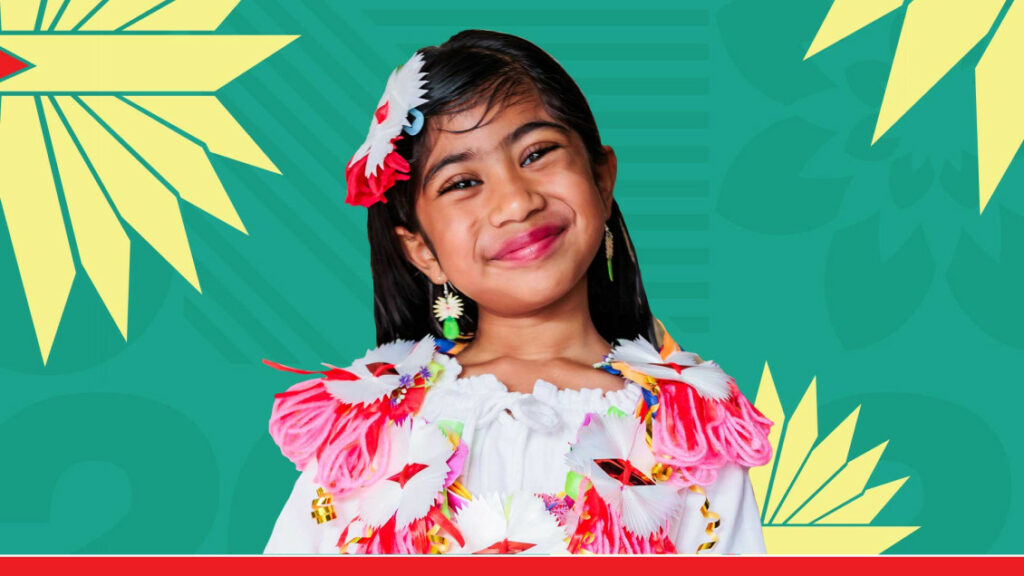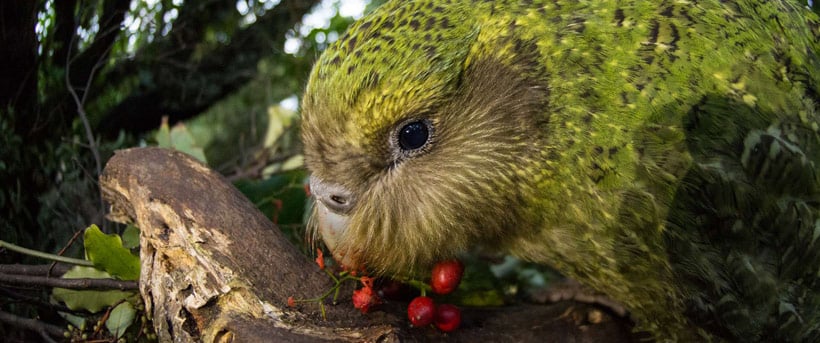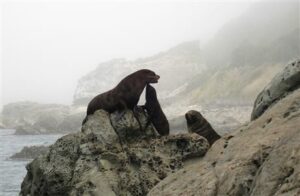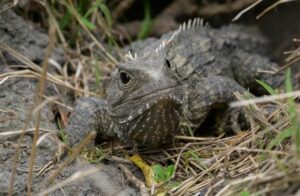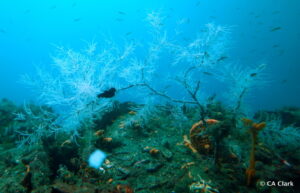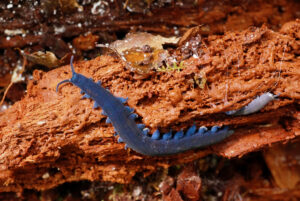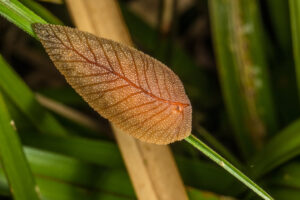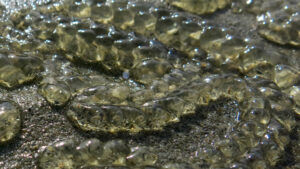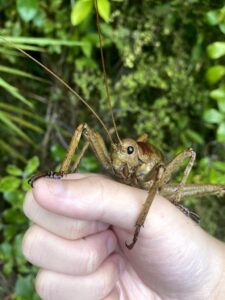What is the Fish Doorbell?
The Fish Doorbell (or visdeurbel in Dutch) is exactly what it sounds like – a doorbell for fish!
The Vecht, a branch of the river Rhine, flows through Utrecht. As it goes through the city, the Vecht passes through the Weerdsluis lock – a lock is a bit like a gate that’s been engineered to help boats travel along rivers or canals uphill. If you’d like to know a bit more about locks, we recommend heading over to the Encyclopedia Britannica. To access this article on Britannica, just sign in with your library card barcode number and 4-digit pin.
At this time of year when it’s spring in the northern hemisphere, the Weerdluis lock isn’t opened very often for boats to pass through. This is also the time of year when fish swim up the Vecht, looking for a place to lay their eggs. When the lock is kept shut for longer periods of time, groups of fish have to wait for the lock to open, making them easy prey for predators like grebes and cormorants.
What did the people of Utrecht do to fix this problem? They created the fish doorbell!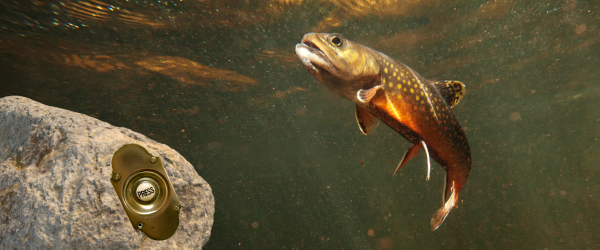
An underwater camera was set up, and anyone anywhere in the world can watch the livestream. When someone watching sees a fish in the livestream, they press the digital fish doorbell. When enough people watching the livestream all ring the doorbell at the same time, the lock operator is sent a signal to open the lock and let the fish through. And the lock operators keep records of the nicest fish photos and release a weekly Fish Doorbell News Report too!
The fish doorbell is live throughout spring in Utrecht, and mid-April is a popular time for fish to be queuing at the gate. Why don’t you join in and help out a fish on the other side of the world?
The livestream can be watched below on Youtube or over on the Visdeurbel website. If you’re watching on Youtube you’ll have to go over to the Visdeurbel website if you need to ring the doorbell!
If you’d like to read about different fish and animal migration while watching the livestream, we’ve put together some books for you.
 Wildlife of Aotearoa / Bishop, Gavin
Wildlife of Aotearoa / Bishop, Gavin
“Long before waka touched Aotearoa’s shores, the land of the long white cloud was home to an array of creatures uniquely adapted to its environments and protected by its isolation. Encounter New Zealand’s incredible wildlife in this spectacular visual exploration. Journey through ocean, sky and land to meet a marvellous range of organisms. Discover fascinating facts, and learn how we influence the survival of our living treasures”–Publisher information.” (Catalogue) All about New Zealand’s freshwater wildlife / Gunson, Dave
All about New Zealand’s freshwater wildlife / Gunson, Dave
“Introduces a variety of plants and animals that are commonly found in New Zealand’s freshwater streams and rivers. Describes characteristics and where each species can be found. Suggested level: junior, primary, intermediate.” (Catalogue) Good jump, little carp : a Chinese myth retold in English and Chinese / Jin, Bo
Good jump, little carp : a Chinese myth retold in English and Chinese / Jin, Bo
“A long time ago, in a remote river, there lived a happy little carp who had many good friends and played games with them every day. One day, his friend tadpole grows up into a frog and leaves for the outside world. The little carp becomes very curious. What does the outside world look like? Dad says that only fish who swim across eighty-one rivers to the Yellow River, and jump over the Dragon Gate, can leave the water and reach the outside world. But his mother says that fish can never leave the water. However, the little carp is determined to find the Dragon Gate. The little carp keeps swimming and swimming. When the little carp finally reaches the Yellow River, will he be able to jump over the high Dragon Gate?” (Adapted from Catalogue) Freshwater fishes / McEwan, Amber
Freshwater fishes / McEwan, Amber
“Introduces the physical characteristics, habitat and behaviour of different species of New Zealand freshwater fishes.” (Catalogue) A fish out of water / Palmer, Helen
A fish out of water / Palmer, Helen
A young boy gets his first pet fish, but forgets the instructions he was given at the pet shop and feeds his fish more than just a spot. When his fish starts growing, and growing, and GROWING it takes even the police and a fire engine to help manage this fish out of water!  Atlas of amazing migrations / Sewell, Matt
Atlas of amazing migrations / Sewell, Matt
“Matt Sewell is back with a sumptuous celebration of our planet’s most extreme journeys, showcasing the most amazing mammals, birds, reptiles, fish and insects that battle through the Earth’s toughest conditions in order to survive. Follow flocks of arctic terns on their annual 40,000-kilometre journey between the Earth’s poles. Join the monarch butterflies on their famous pilgrimage from Canada to Mexico. Awe at wildebeest, humpback whales, salmon, dragonflies, and more. Find out how they navigate themselves on their impressive journeys – chemicals, the sun and or the Earth’s magnetic field.” (Adapted from Catalogue) The Maketū whitebait / Werohia
The Maketū whitebait / Werohia
Whitey, Tere and Freddy are three whitebait friends from Maketū. Freddy suddenly disappears and finds he is inside a slippery, slimy, slithery eel. Without hesitation, Whitey swims into the eel to save his friend. Tere tries desperately to distract the eel from juicing his friends up. How can they possibly escape such an awesome foe? (Adapted from Catalogue)
Also available in Te Reo Māori
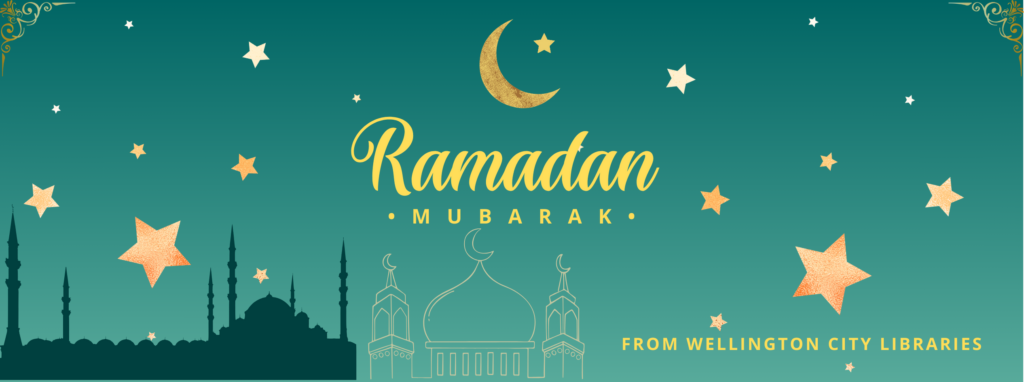
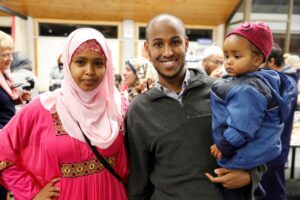
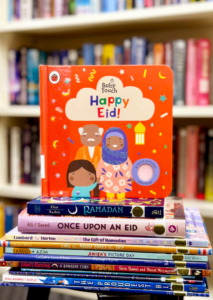
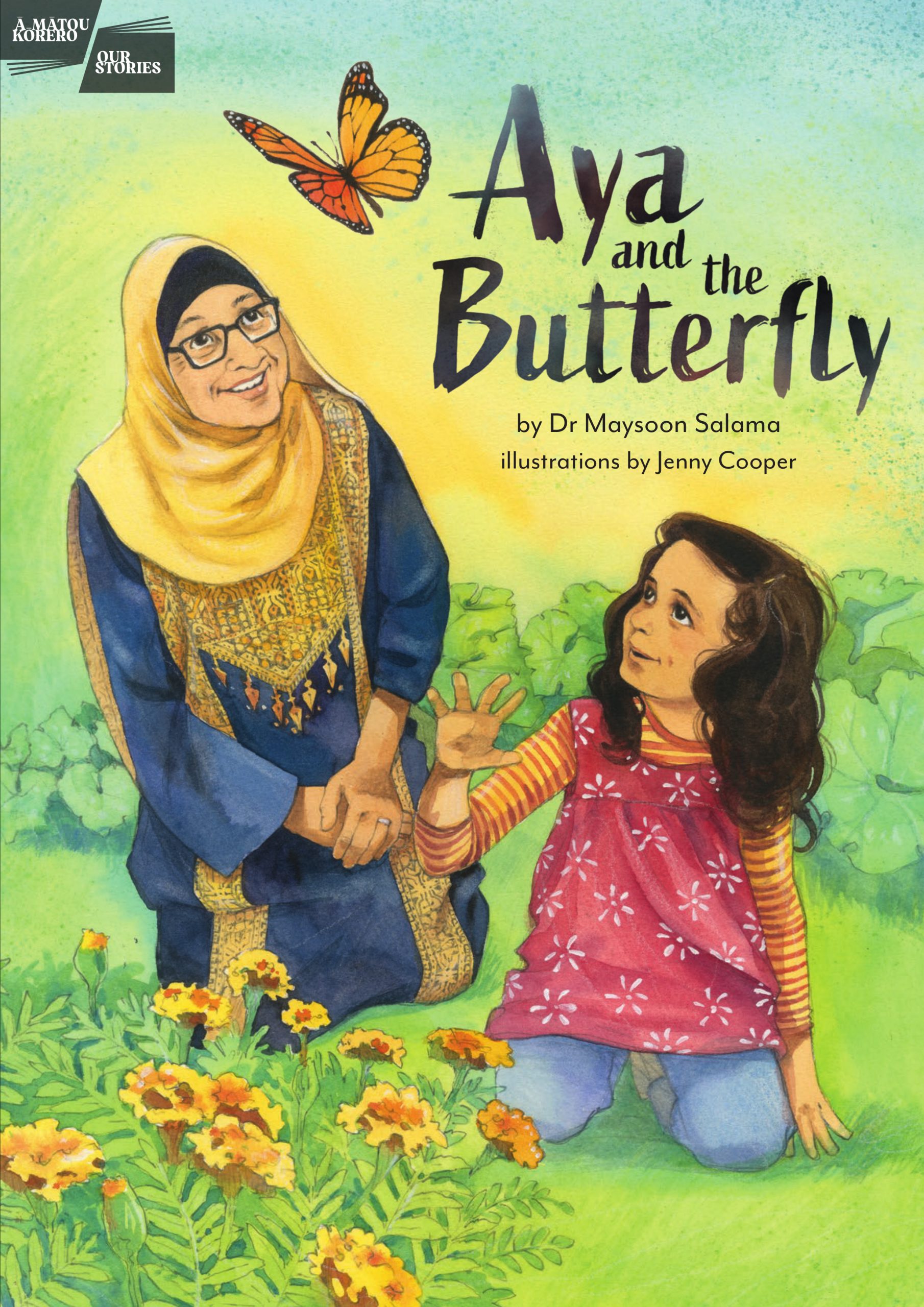
 Spiders are not insects. Instead, spiders are known as
Spiders are not insects. Instead, spiders are known as 